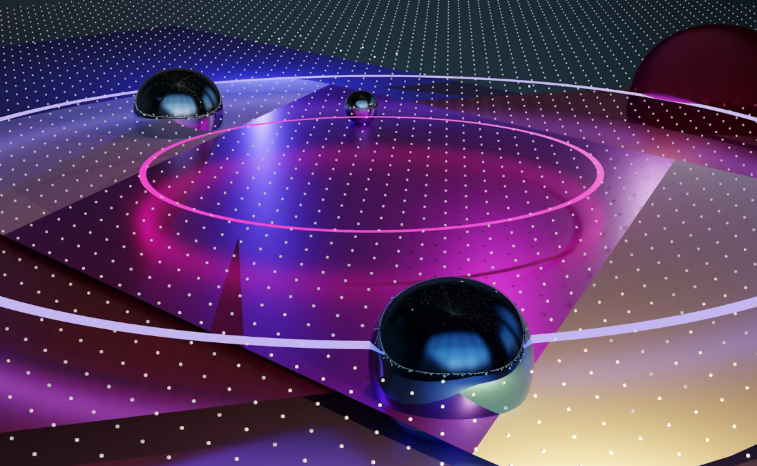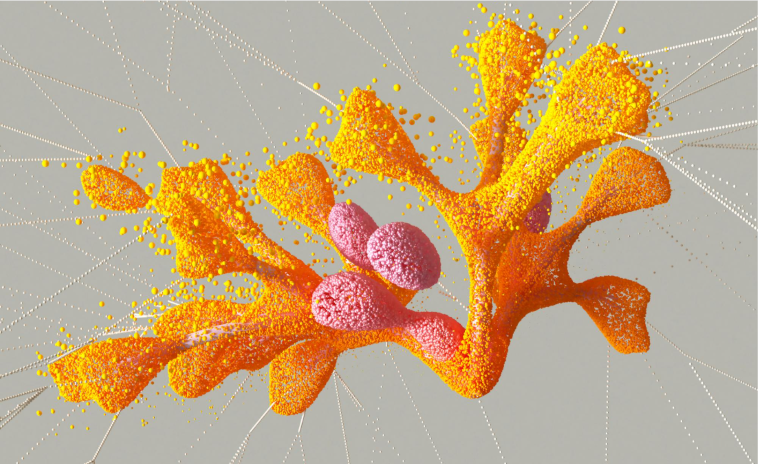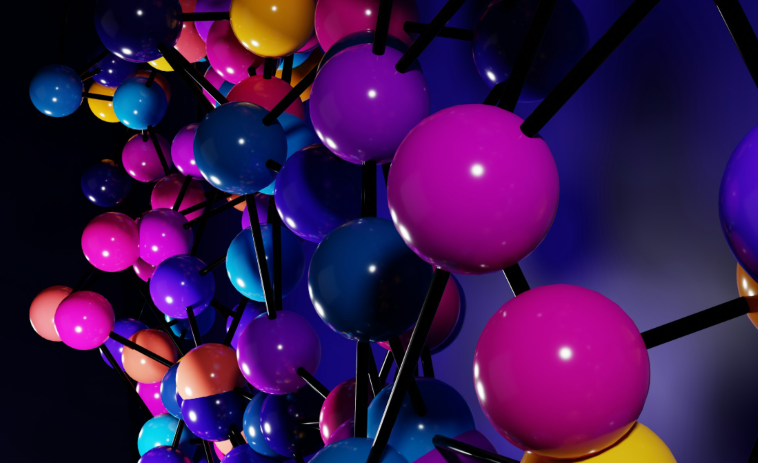It’s physics, baby: All about elementary particles

When physicists started talking about elementary particles and when they built sufficiently powerful accelerators to search for these particles, the number of new particles began to grow rapidly.
The world seemed to be getting more and more complicated.
More than 200 elementary particles have been found.
Physics was faced with the great problem of classifying such a large number of particles.

Memory has never been a trait that could be associated with physicists as they are always trying to understand and explain something new.
So, why remember so many different things when there might be a simpler way?
The Standard Model
That way was found somewhere between 1970 and 1973. The so-called Standard model of elementary particles.
It was a theory that described the elementary particles known until then, and it also predicted particles that were discovered only later, but probably the most important thing is that this model showed that nature is not as complicated as it seemed at first.

The difference between elementary and fundamental particles should be noted.
- Fundamental particles mean particles that have no internal structure, they are the particles described by the standard model.
- Elementary particles are particles that are all around us, they are built from fundamental particles.
In addition to particles, the standard model also described three basic forces – strong, weak and electromagnetic.
This theory was consistent with both quantum mechanics and special relativity.
Spin
One of the basic properties of particles is their spin. Spin is one of the properties of a particle in quantum mechanics. It is impossible to imagine as it is impossible to find any analogy with the properties known to our experience.
Spin is sometimes said to mean the rotation of a particle, but it is a strange rotation. It is difficult to understand what spin is, but experiments show that it exists and that it is an important property of particles.

The spin value is expressed in positive and negative numbers. The sign in front of the number indicates the spin direction (sometimes called spin up or spin down).
Based on the spin, all particles can be divided into two groups: fermions and bosons.
Bosons are particles of force. They have an integer spin (0, 1, 2…) and transmit interactions. More graphically speaking, they transmit force information to matter particles.
Fermions build matter. They have a half-whole spin (1/2). Another important difference between fermions and bosons is that the Pauli exclusion principle applies to fermions and the Pauli exclusion principle does not apply to bosons.
The Pauli exclusion principle states that two particles cannot occupy the same quantum state at the same moment in time.
Fermions include two groups of particles, leptons and quarks.
All fermions are classified into three generations.
Each generation of fermions contains one pair of leptons and one pair of quarks.
The first-generation fermions have the least mass while the third-generation fermions have the most mass.
Leptons
Leptons include three charged particles and three uncharged particles.
Charged leptons are the electron, muon and tauon.
Their charge is unit negative, and their spin is ½. They differ from each other in mass. The electron is the lightest.
Each of these three leptons corresponds to one lepton of very low mass, without charge. Those leptons are called neutrinos.

Neutrinos are very strange particles. They almost do not interact and almost do not feel the action of forces. There are three types of neutrinos: electron, muon and tau-neutrino.
As with charged leptons, the difference between these neutrinos is in mass, the lightest being the electron and the most massive being the tau neutrino.
Leptons of the II and III generations are not stable and decay into lighter leptons. In the decay of charged leptons, one product is always a neutrino of the same generation as the decaying lepton.
With neutrinos, the phenomenon of “oscillation” was observed, i.e. transition of neutrinos of one generation to neutrinos of another generation.
Each of these leptons has its own antiparticle. The antiparticle of the charged particles is the same as the particle in everything except for the sign of the charge.
Thus, three leptons are negatively charged, and their antiparticles are positively charged, with the same amount of charge. With uncharged leptons (neutrinos), the situation is slightly different.
Neutrinos are said to be their own antiparticles. The neutrino (any of the three mentioned) and the corresponding antineutrino differ in the sign of the spin.
In the upcoming blog posts, we will dig deeper into the infamous quarks, the aforementioned fundamental forces and also the particles that carry fundamental interactions.
Until then – stay curious and continue exploring the amazing world surrounding us. And remember: knowledge is power, folks!

